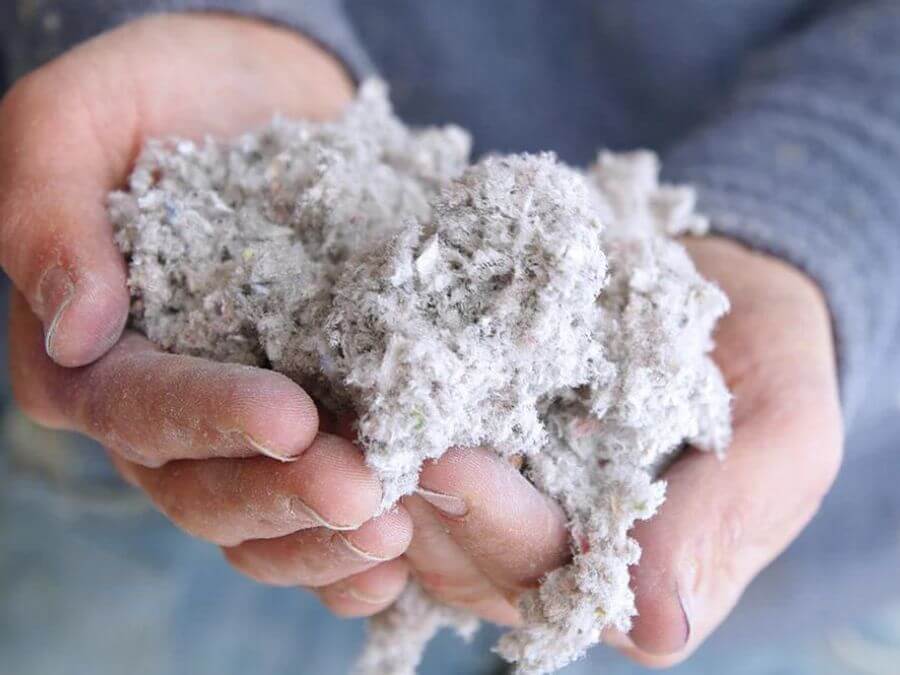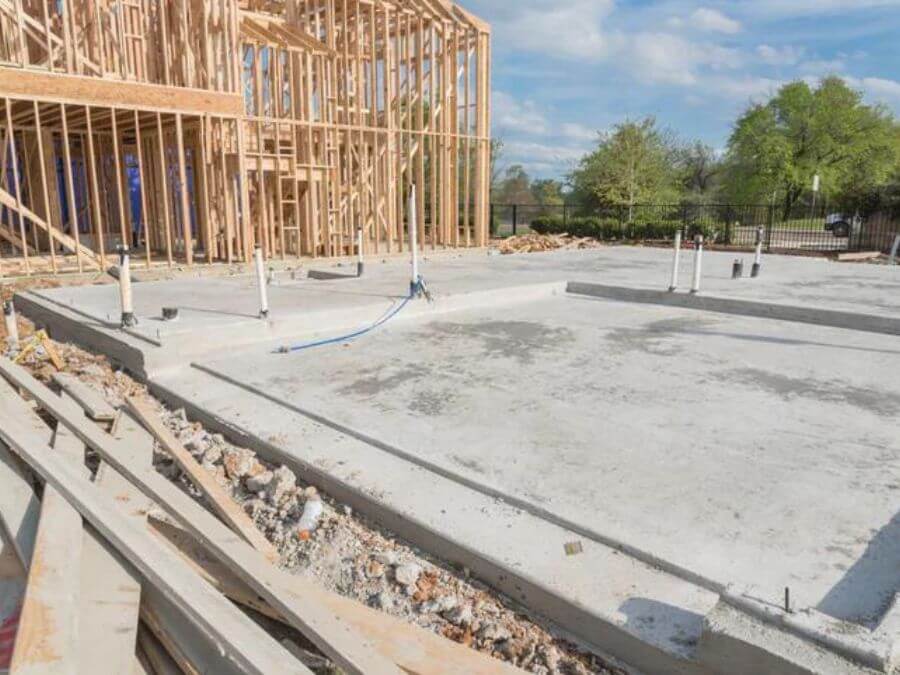One of the best performing insulations on the market is dense-pack cellulose. This is a term used to describe a cellulose insulation product that can be densely blown in cavities between dimensional lumber. It is similar to blown in cellulose of years back without the accompanying drawbacks.
Years ago when cellulose, a wood fiber product, insulation first came out there were admitted downfalls. The product would settle over a period of time that would make the upper wall area in the home colder. Settling, as it did, also reduced the R factor (resistance to heat or cold passing through a substance) over a small amount of time. There was also the unfounded criticism of a potential fire hazard and mold.
Today’s dense-pack cellulose is different for 2 reasons. Firstly, the unique installation method ensures a density of 4 pounds per square foot which means the material will not settle within the wall over time like other materials often do. This pressure is so great that if you opened the wall and took out a section of the insulation on the lower area everything would stay firmly in place. Secondly, the density of the cellulose raises the R factor to 3.85 per inch of depth.
There are several other reasons why this product has gained wide acceptance. It can be made from wood or even from recycled paper.. It’s the most environmentally-friendly wall insulation available today. Additionally, its high insulation value is coupled with the fact that being manufactured with borate means it is also a fire retardant that resists mold and insects. The third reason is that most foods contain borates in small amounts so the product's toxicity is extremely low for insulating materials.
An additional advantage of the dense-pack cellulose is that it reduces air infiltration. This is the escaping of inside air or warming caused by outside air entering the house. Just like when you open your oven, the heated air inside your house pushes outward faster than cool air coming in, which makes it hard to realize the amount of heat you are losing. Additionally warm air from outside can push into your house through gaps in your insulation, which will heat the cool air inside your home. If your insulation is settling or shrinking over time, there is more space for the air to move in or out of your house.

Other products shrink over time and allow gaps to appear in and around wall openings and the insulation. Because of the pressure installation of this product, all the gaps and crevices that normally appear over time, will not happen with dense pack cellulose. What makes the high R rating for dense-pack cellulose also ensures a tight installation as the compaction force has an outward pressure. This would naturally cause the product to conform to any wall irregularities to ensure no shrinkage or gaps.
The FRANK Blueprint package always recommends dense-pack cellulose which will give your wall assembly an R value of 33. This value exceeds requirements in all US states.




